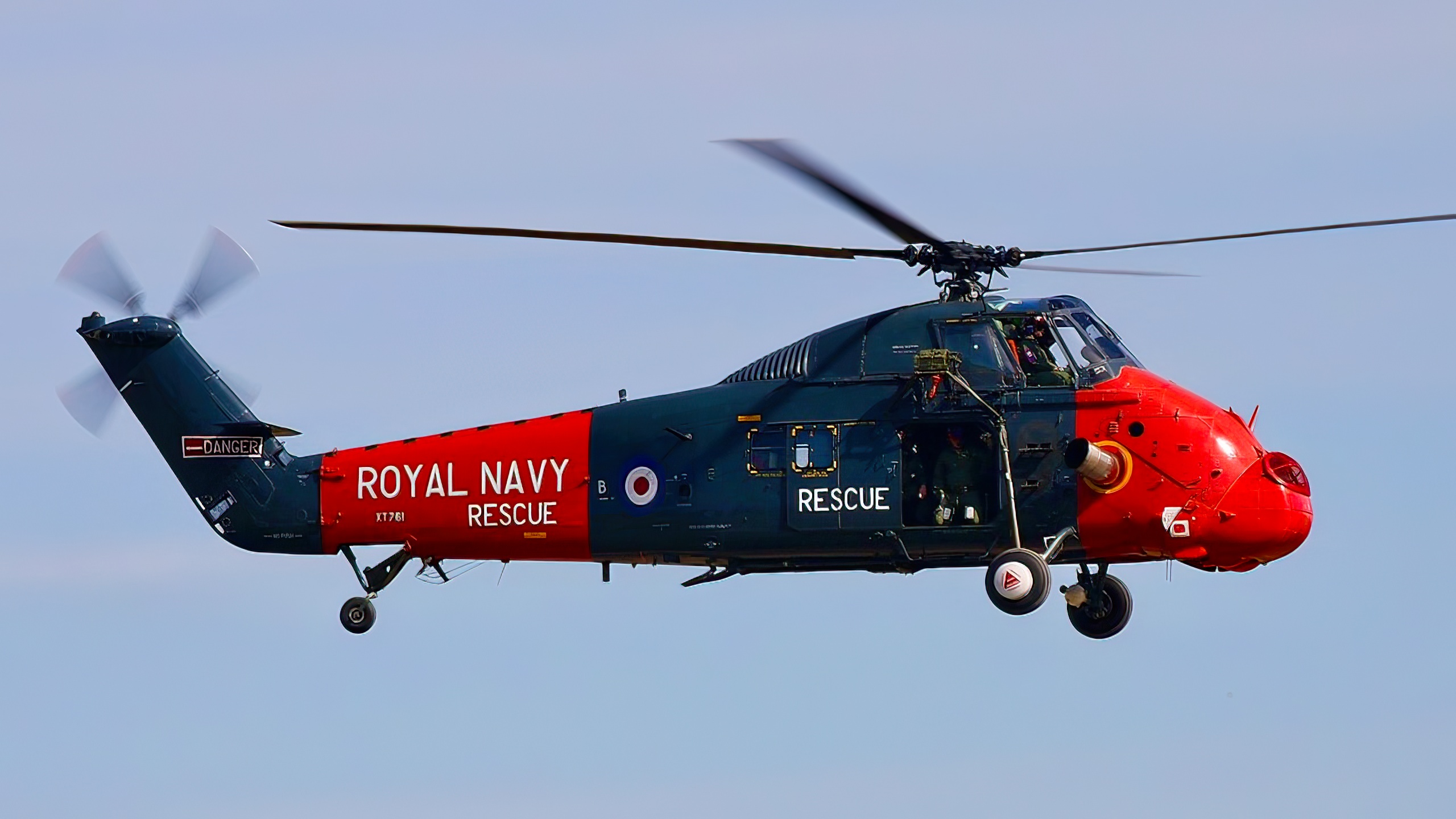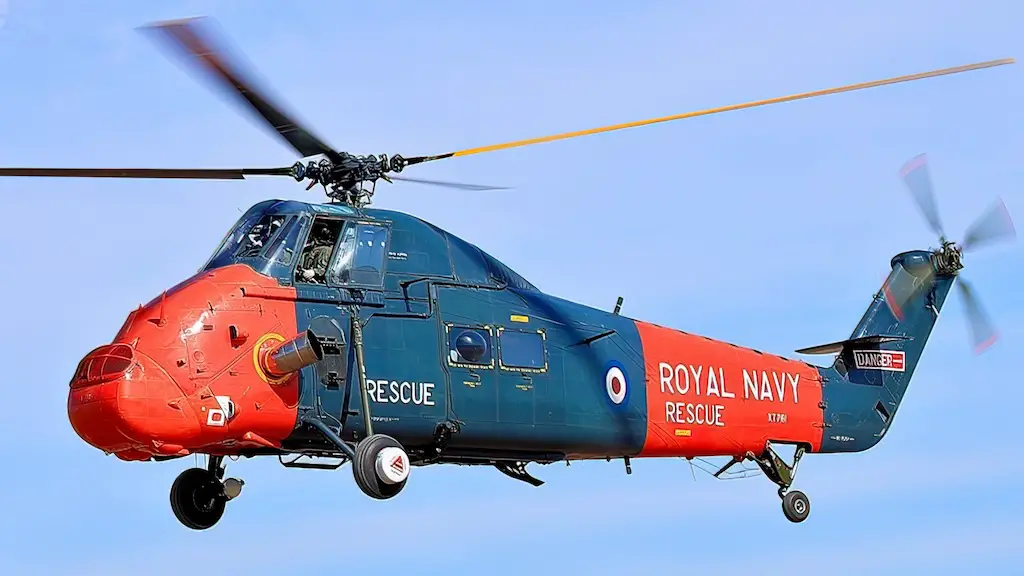
In 1956, Westland Aircraft set to produce the American Sikorsky H-34 Choctaw helicopter for service with the Royal Navy. By then this British aircraft manufacturer had successfully adapted two other Sikorsky models, the H-5, which became Westland Dragonfly, and the H-19, which became Westland Whirlwind. The Royal Navy’s Fleet Air Arm (FAA) received its first Wessex in 1960.
Westland built a total of 382 Wessexes and the type served with the British military throughout the following four decades. While initially built for anti-submarine warfare (ASW), the Wessex proved to be a very versatile rotorcraft in military and civilian use. It saw operational deployment in many locations across the globe, from Northern Ireland to Indonesia, defending the UK’s interests in many crises, including the Falkland War.
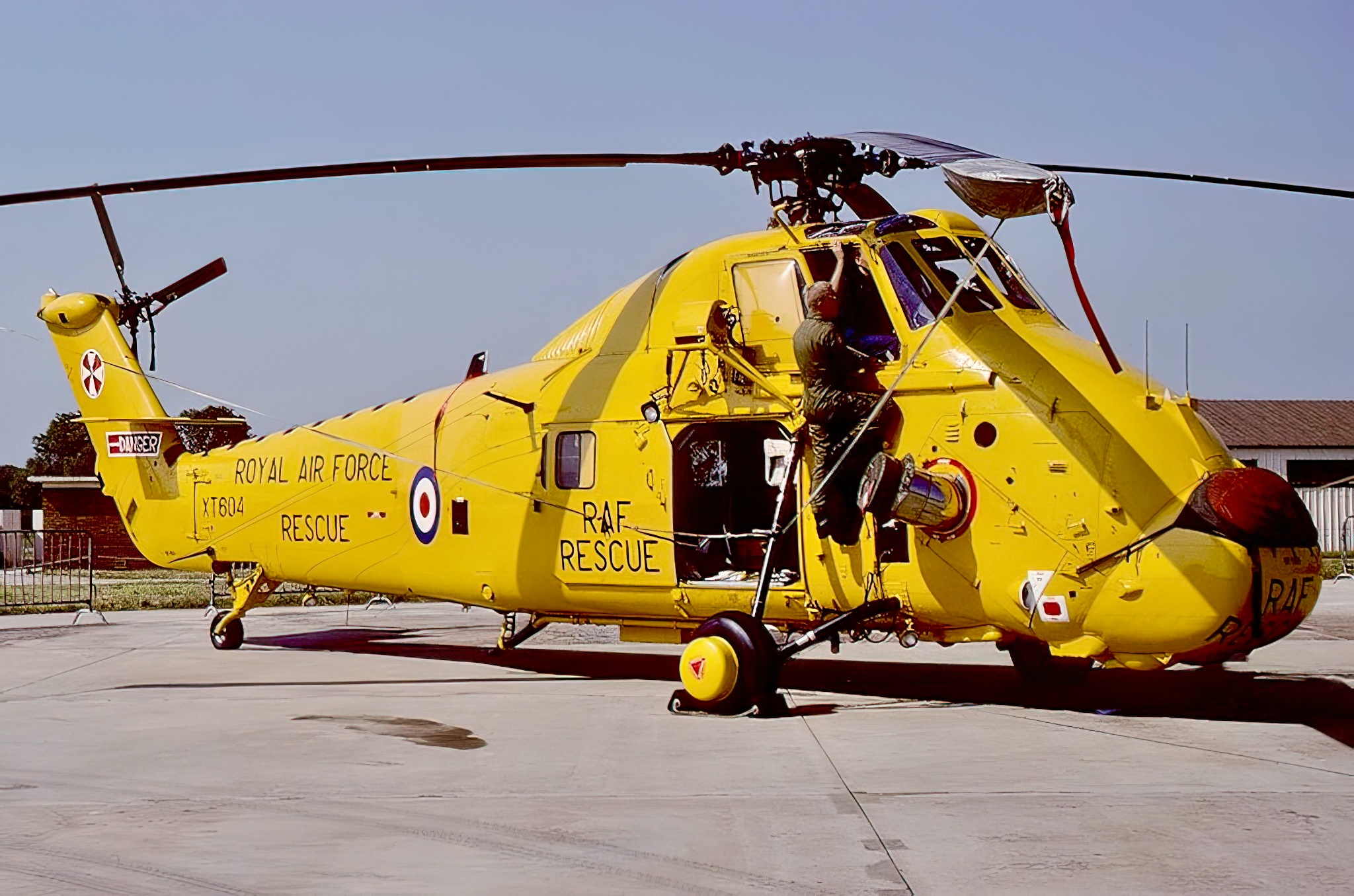
A turbine-powered Choctaw
Instead of the original’s Wright Cyclone piston engine Westland engineers equipped the helicopter with a Napier Gazelle turboshaft engine. Owing to this, the Wessex was less noisy and less prone to vibration than its American brother. Some later variants of the Wessex got a pair of de Havilland Gnome turbines, providing them with almost double the power of Napier Gazelle. The appearance of the Wessex and the Choctaw—except for slightly different noses—wasn’t very different. So much so, that the former even played the role of the latter in Stanley Kubrick’s war drama Full Metal Jacket.
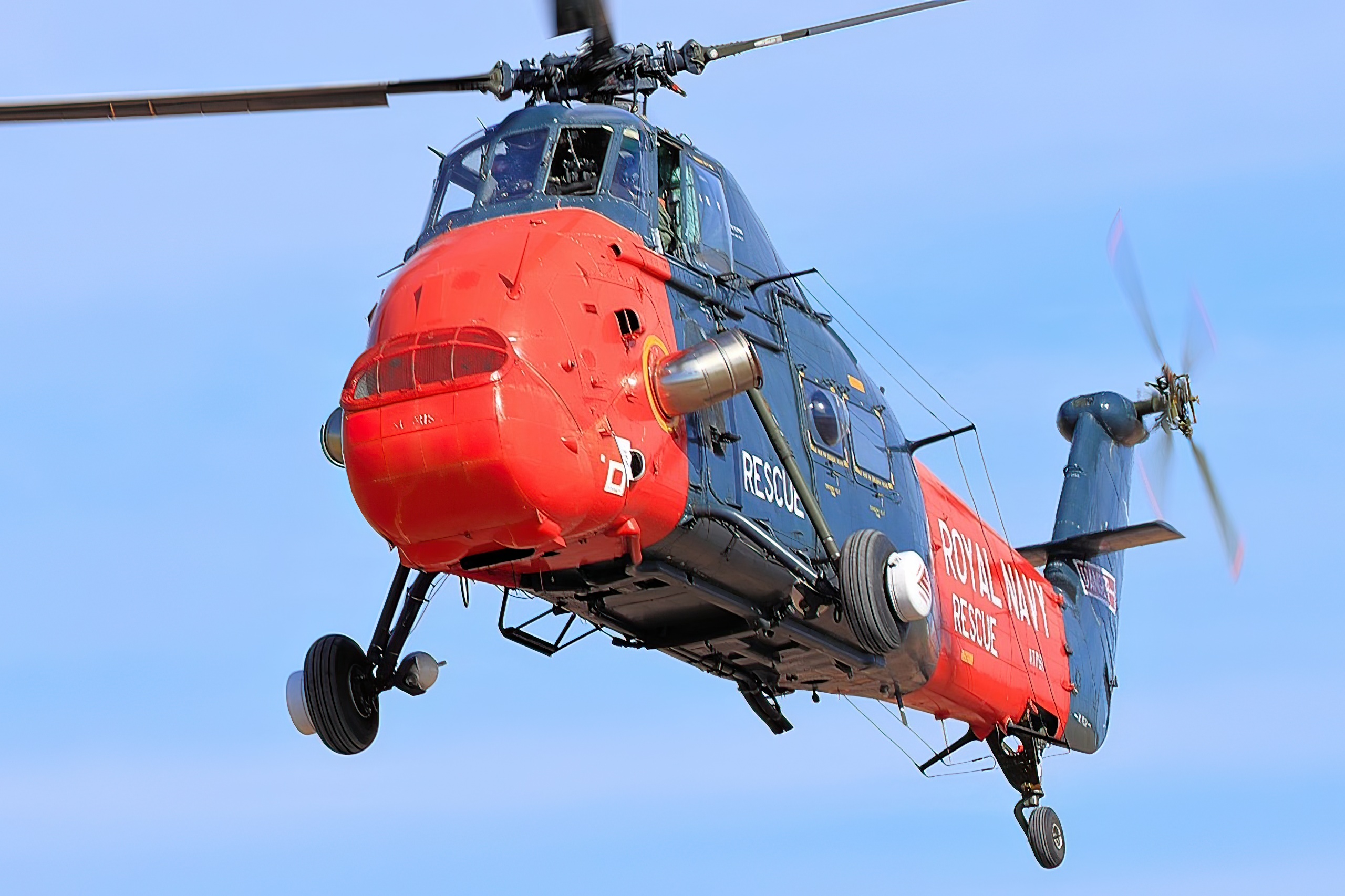
In the antisubmarine role
The Wessex’s—as well as Choctaw’s—primary duty was anti-submarine warfare. In this role the helicopter used either a dipping sonar for detecting enemy submarines or depth charges or torpedoes for attacking them. However, a single helo couldn’t carry both: at least two Wessexes were necessary for locating and destroying a submarine. This was, of course, a limitation, and it ultimately lead to the navy’s adoption of a more powerful ASW helicopter, the Westland Sea King.
Search and rescue and other applications
When an improved ASW variant of the helicopter, Wessex HAS.3, featuring a distinctive dorsal radome, started replacing the original HAS.1 in 1967, the latter was relegated to search and rescue duties.
In 1962, the Royal Air Force also became a Wessex operator, employing the helicopter capable of taking onboard sixteen troops or eight stretchers, for transport, rescue, and utility duties. In this role the Wessex also saw extensive use in the UK’s remote and coastline regions.
Later on, Westland also developed a commando assault variant, which was designated as Wessex HU.5. It operated from amphibious assault ships, carrying Royal Marines into battle.
All in all, the Wessex has existed in a dozen different variants, including the HCC.4, which equipped The Queen’s Flight carrying members of the British royal family and other VVIPs. Prince Philip even flied the type as pilot.
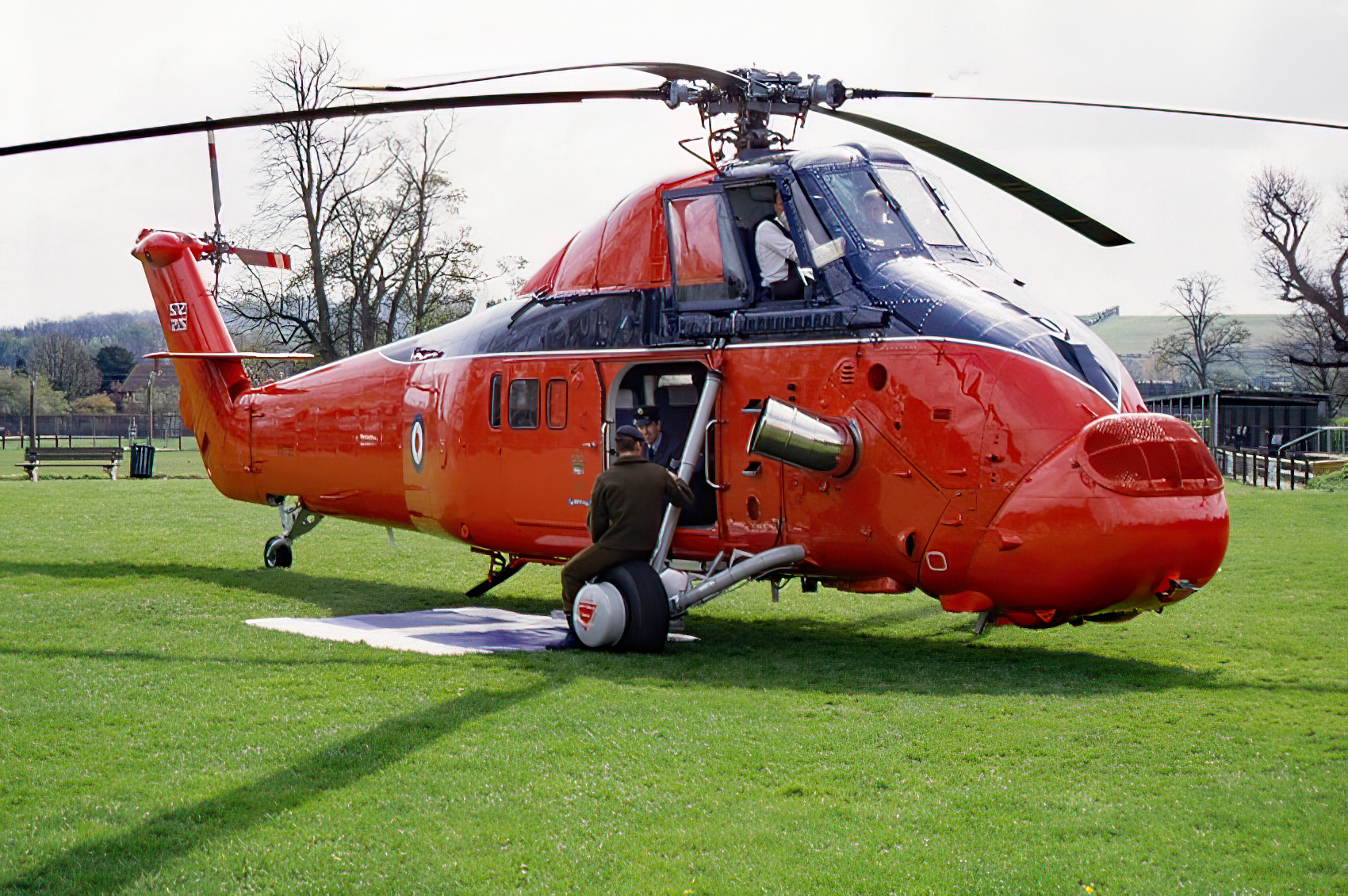
Critical deployments at home and overseas
The Wessex’s first deployment in a conflict zone came almost right after its introduction into service. In the mid-1960s, it saw active use in the Borneo confrontation, mostly as a transport helicopter. Next, the British military employed the type for various missions during the protracted conflict in the Northern Ireland.
A large fleet of over 50 Wessexes took part in the Falklands War, carrying supplies from ships to the shore and troops into action. They also flew search and rescue missions and valiantly rushed to the rescue of British servicemen during the Bluff Cove attacks. As many as nine helicopters were lost during that conflict, although none of those were shot in flight. Two crashed in bad weather, six were lost aboard the SS Atlantic Conveyor and one aboard the HMS Glamorgan, when these vessels were hit by enemy missiles.
By the time of its retirement in 2003, the Wessex had seen deployment in a multitude of other locations around the world, as far apart as Cyprus and Hong Kong. It has also been flown by other nations, first and foremost by Australia. And the commercial variant operated in the North Sea, flying to and from the oil and gas drilling rigs.
